 Do you have trouble giving your dog a pill? Unless it’s one of the chewable, beef-flavored pills, a lot of dogs will separate the tasty food from the pill with Houdini-like skill, swallow the food and eject the pill onto the floor. And, good luck trying to fool your dog a second time, right?
Do you have trouble giving your dog a pill? Unless it’s one of the chewable, beef-flavored pills, a lot of dogs will separate the tasty food from the pill with Houdini-like skill, swallow the food and eject the pill onto the floor. And, good luck trying to fool your dog a second time, right?
If you’re like me, you’ve probably already tried the common methods of getting your dog to take a pill, like hiding it inside food or one of those nifty pill pockets or crushing the pill and mixing it in with your dog’s food. Heck, maybe you’ve even tried pushing the pill into the back of your dog’s mouth or used a pill shooter device. Some of these methods can be stressful for you and your dog.
Recently I had one of those “Aha” moments when Haley was outwitting me with her pill flicking routine. I realized that I wasn’t working with her nature, so I decided to try something different. I turned the tables on her with a little dog psychology in order to trick her into wanting to take her medicine. Yes, she may be a canine Houdini in the way she spits out those pills, but she’s not the only one that has a few tricks up her sleeve.
A quick note before we jump into the psychology tricks: Food is a great motivator for most dogs so most of these ideas involve food or treats. Check with your vet first to make sure your dog’s medication can be given with food or if there are any dietary restrictions.
10 Ways to Use Psychology When Giving Your Dog a Pill
1. Attitude is everything
Dogs are masters of reading our body language and emotions. If you get tense or frustrated when you’re about to give your pup medication, they will quickly pick up on your feelings and become suspicious. Try to adopt a positive and relaxed attitude.
2. Vary your routine
In the same way dogs read our body language, they are keenly aware of our routines. Try giving the pills in different settings or at slightly different times of the day if possible. Also try preparing the pill with food ahead of time or while your dog’s outside so she doesn’t notice what you’re doing.
3. Work with your dog’s appetite
Your dog is much more likely to gobble down the treat and pill if she’s hungry rather than offering it after she’s eaten a meal.
4. Make your dog an offer she can’t refuse
Tap into your dog’s favorite tasty treats or food to hide the pill. For Haley, that would be cheese or pieces of hot dogs. Peanut butter is also a great option.
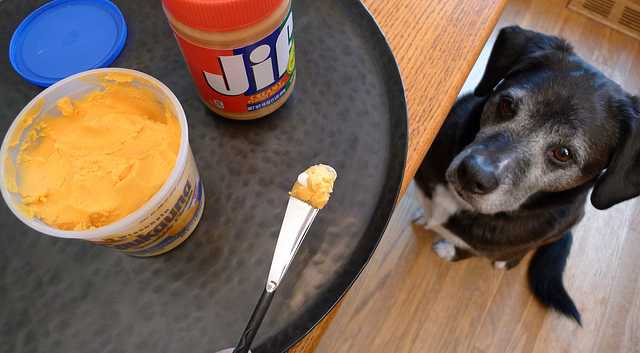
5. Walk away
It’s never a good idea to chase your dog down in order to give them their medication. Walk away from your dog with the good smelling treat and they’ll likely follow you in hopes of getting a bite.
6. Pretend to be selfish
Put your dog’s begging to good use and pretend you’re eating the food. If you’re hiding the pill in food that you also happen to like, prepare a few bites for yourself and eat them first before giving your dog the one with the pill.
7. Turn it into a game
If your pup’s good at catching treats in her mouth, toss her a few treats, then the one with the pill, followed by another treat. She’ll probably be so fixated on the game and the next treat that she’ll easily swallow the one with the pill. Another method is to have your dog perform a trick or speak before giving the treat. She’s more likely to eat it if she’s excited and thinks she’s earned it.
8. The value of teamwork
If you have multiple dogs, take advantage of their competitive nature by giving both of them treats while working in the treat with the pill. You’ll only want to use this method if you can ensure the right dog gets the treat with the pill.
9. Sometimes greed is good
Give your dog a piece of food, then the food with the pill inside, followed quickly by an even larger piece of food. Your dog will be anxious to get the larger piece and should quickly swallow the piece containing the pill.
10. Let them lick the spoon
This uses the same principle as #9 above. Once your dog licks the bulk of the food containing the pill off of the spoon, continue holding it in place so they’ll likely swallow the pill and continue licking the spoon.
The two methods that work best with Haley are #9 and #10. I used to give her a cheese-covered pill and then stand back to watch that she swallowed it, or should I say, I waited to see if she would spit it out. Now, I always make sure she has something yummy to eat right after giving the pill so she swallows it quickly in order to get more, whether it’s another treat or the fact that she gets to lick the knife or spoon.
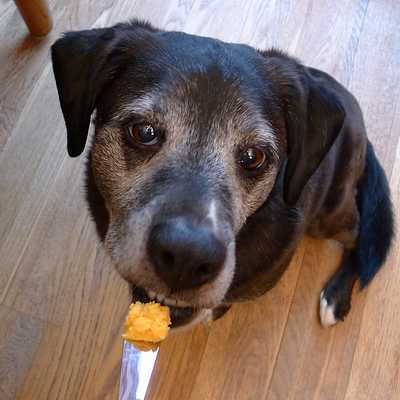
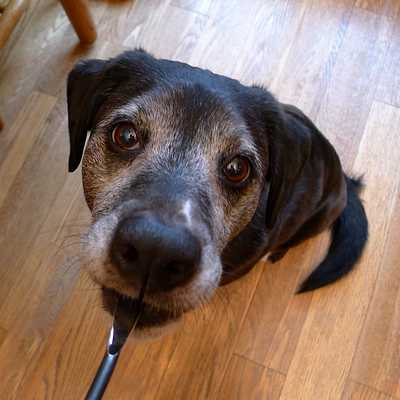
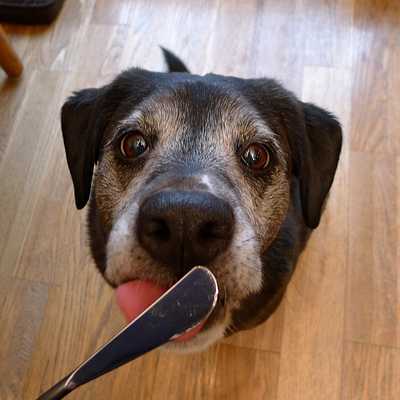
Still No Luck?
If none of these methods work for your dog or your dog isn’t particularly food motivated, giving your dog a pill can be more challenging. Other options include talking to your vet to see if the medication comes in a flavored version or if the drug(s) can be custom made into a flavored compound or liquid. If the medication has a very bitter taste, ask if it can be put inside an empty gelcap to conceal the taste.
Whether it’s psychology or just the basic nature of dogs, I find it a lot easier to work with their nature when trying to accomplish difficult tasks such as giving medication.
Does your dog willingly take pills and medications? What tricks or tips have you discovered to outwit your Houdini hound?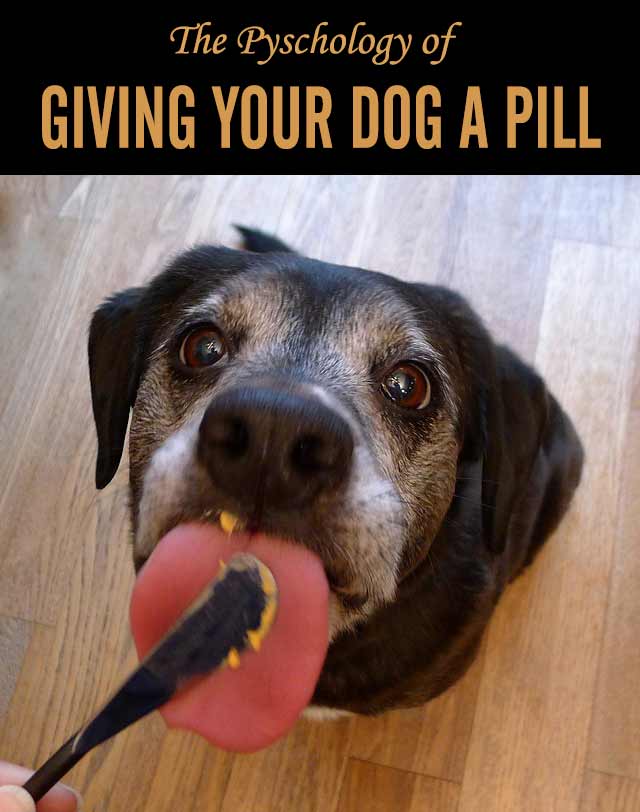
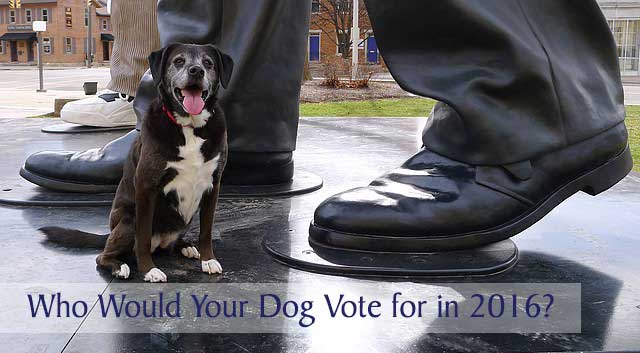 It’s President’s Day and what better day to reflect on the past as well as where we’re headed as a nation, especially during the height of this campaign season. The candidate who wins the election this November certainly has some big shoes to fill. While analyzing and comparing the candidates, sometimes it’s good to take a break from the craziness of the election process for a little humor, so today I have a random and somewhat quirky question for you. Who would your dog vote for if they could choose our next president?
It’s President’s Day and what better day to reflect on the past as well as where we’re headed as a nation, especially during the height of this campaign season. The candidate who wins the election this November certainly has some big shoes to fill. While analyzing and comparing the candidates, sometimes it’s good to take a break from the craziness of the election process for a little humor, so today I have a random and somewhat quirky question for you. Who would your dog vote for if they could choose our next president? 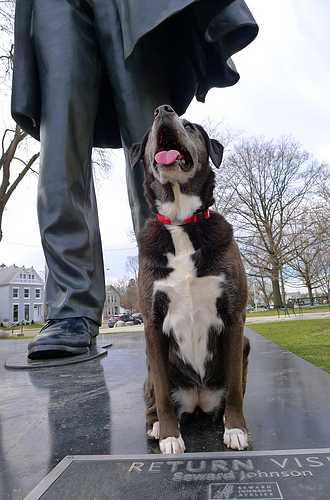


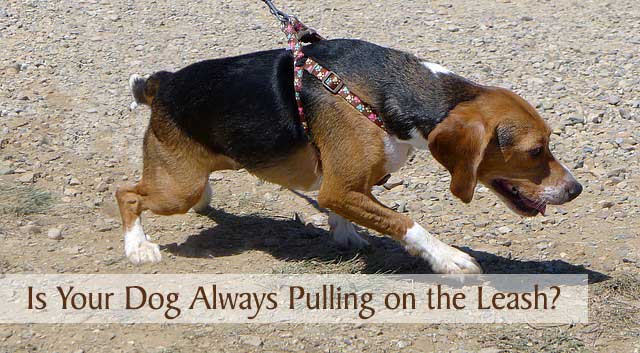 If you struggle with your dog pulling on the leash every time you take a walk, you’re not alone. It’s probably the most common problem dog owners complain about, especially for those people with larger dogs. I have to admit, I’ve been postponing writing this article for quite a while because it’s an issue that I’ve struggled with myself. But knowing what a huge problem this is for so many people, I thought I would share my experience, mistakes and lessons learned along the way.
If you struggle with your dog pulling on the leash every time you take a walk, you’re not alone. It’s probably the most common problem dog owners complain about, especially for those people with larger dogs. I have to admit, I’ve been postponing writing this article for quite a while because it’s an issue that I’ve struggled with myself. But knowing what a huge problem this is for so many people, I thought I would share my experience, mistakes and lessons learned along the way.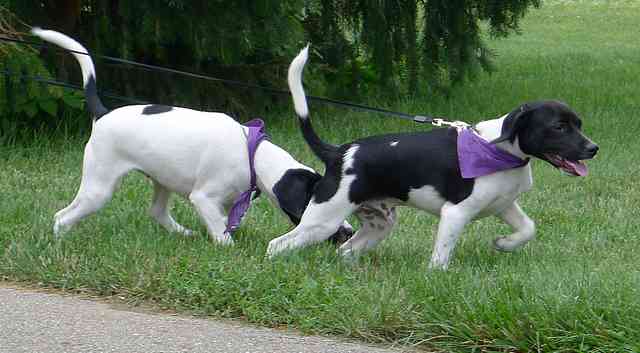
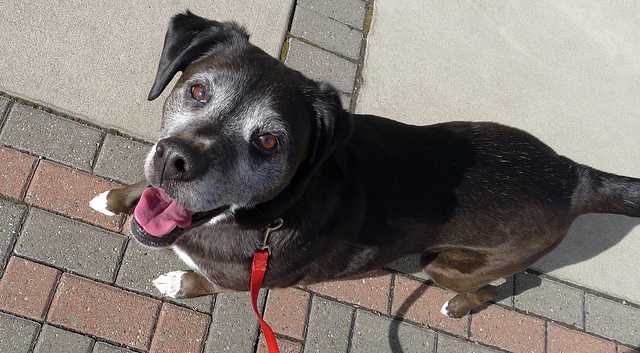 Despite my mistakes, Haley’s a pretty good walker. She still walks out in front of me which is fine, but usually on a slack leash. She’ll occasionally come to my side and look up at me with a grin to see if she’s earned a treat. If she gets one, she takes it nicely then moves back out in front but not pulling. She also knows that the command, “This Way!” means we’re changing directions and she’s learned to yield to light pressure on the leash instead of reacting with opposition reflex.
Despite my mistakes, Haley’s a pretty good walker. She still walks out in front of me which is fine, but usually on a slack leash. She’ll occasionally come to my side and look up at me with a grin to see if she’s earned a treat. If she gets one, she takes it nicely then moves back out in front but not pulling. She also knows that the command, “This Way!” means we’re changing directions and she’s learned to yield to light pressure on the leash instead of reacting with opposition reflex.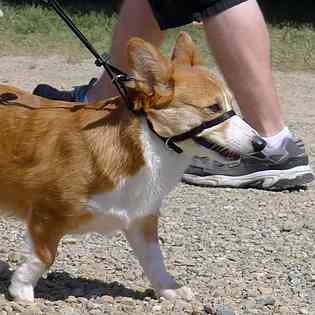

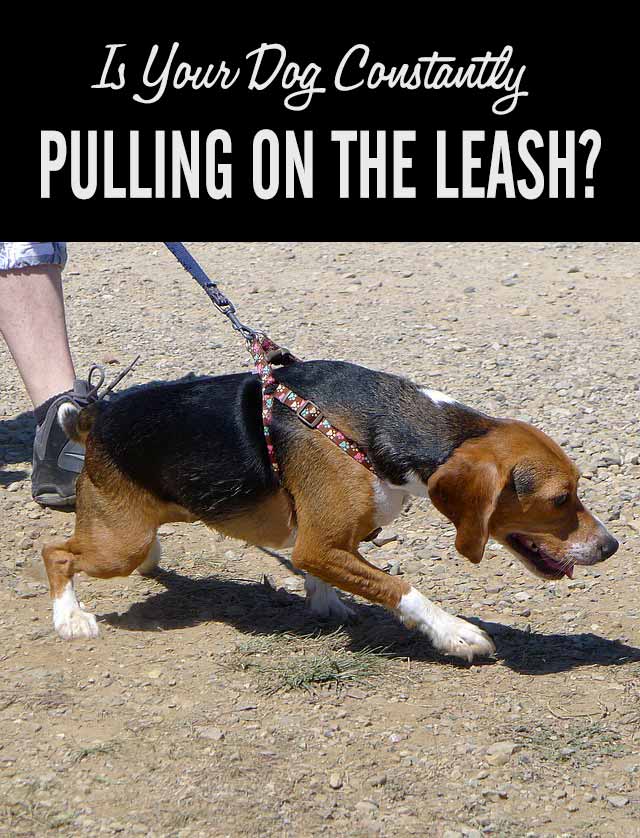
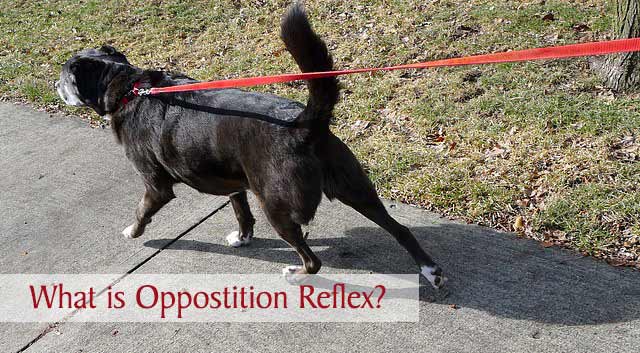 Have you ever heard of opposition reflex? Maybe you’ve heard of the term but you don’t really understand how it affects dog training in a practical sense. I’ll give you a hint, you might experience it every time you take your dog for a walk.
Have you ever heard of opposition reflex? Maybe you’ve heard of the term but you don’t really understand how it affects dog training in a practical sense. I’ll give you a hint, you might experience it every time you take your dog for a walk. 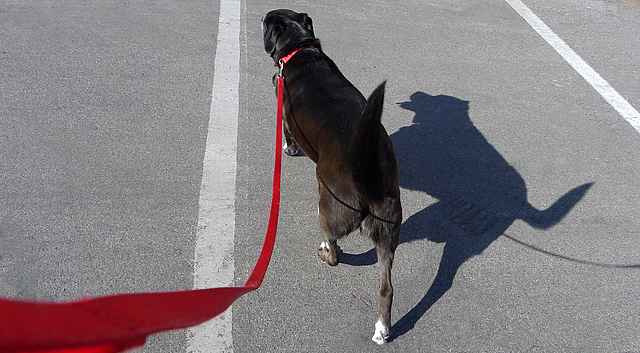 Finally, opposition reflex can be put to use in positives ways, such as training service dogs to open or pull things. Sledding, cart-pulling and skijoring dogs rely on the reflex to do their jobs. Even a spirited game of tug-of-war with your pup is a positive way to use their opposition reflex.
Finally, opposition reflex can be put to use in positives ways, such as training service dogs to open or pull things. Sledding, cart-pulling and skijoring dogs rely on the reflex to do their jobs. Even a spirited game of tug-of-war with your pup is a positive way to use their opposition reflex. 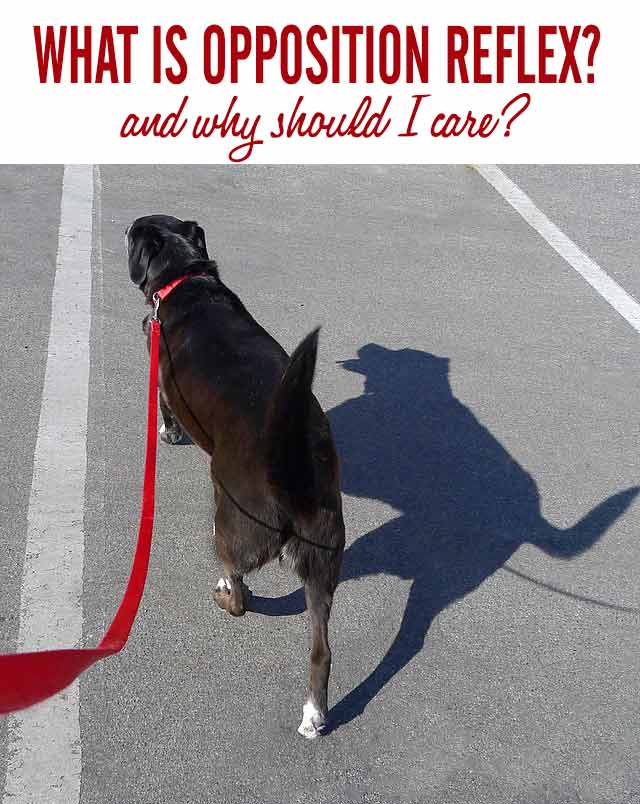
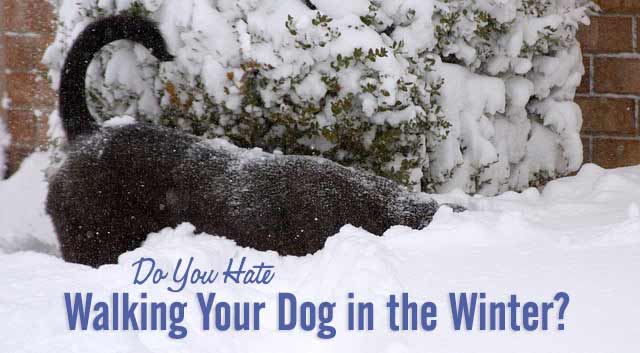 It’s okay, I’ll be the first one to answer that question. Yes! Sometimes I do hate going for walks with Haley when it’s bitterly cold and miserable outside. When the weather’s really nasty, we find other ways to exercise like some of the ideas I wrote about in my article,
It’s okay, I’ll be the first one to answer that question. Yes! Sometimes I do hate going for walks with Haley when it’s bitterly cold and miserable outside. When the weather’s really nasty, we find other ways to exercise like some of the ideas I wrote about in my article, 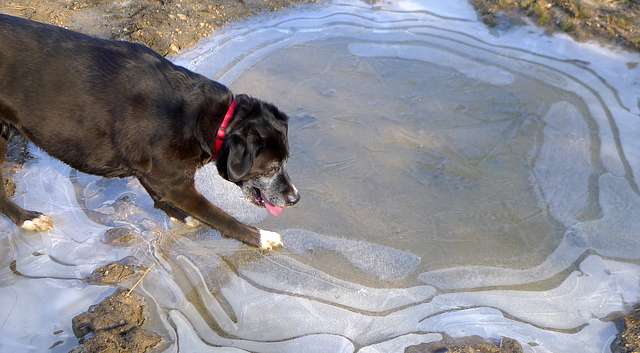
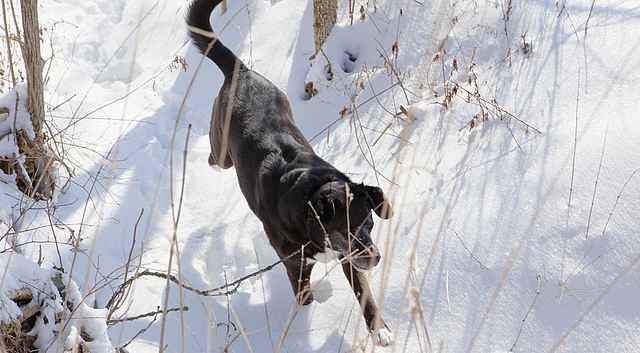
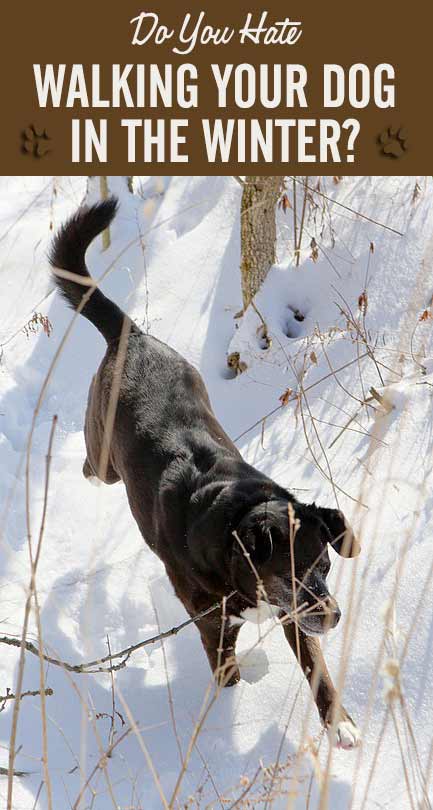
 Do you have trouble giving your dog a pill? Unless it’s one of the chewable, beef-flavored pills, a lot of dogs will separate the tasty food from the pill with Houdini-like skill, swallow the food and eject the pill onto the floor. And, good luck trying to fool your dog a second time, right?
Do you have trouble giving your dog a pill? Unless it’s one of the chewable, beef-flavored pills, a lot of dogs will separate the tasty food from the pill with Houdini-like skill, swallow the food and eject the pill onto the floor. And, good luck trying to fool your dog a second time, right? 



